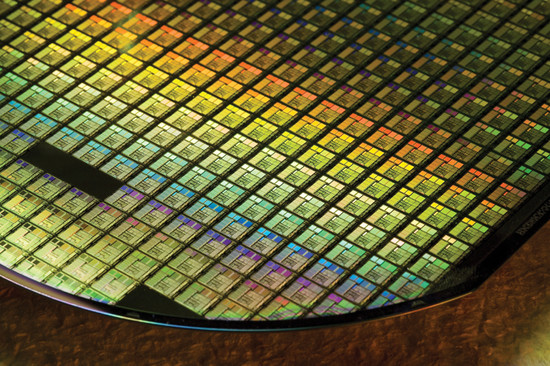TSMC says that the number of 28nm designs is now far outnumbering its 40nm counterparts, the number of current designs at 28nm is already higher than number of 40nm designs that have been seen. The reason for this is smartphones and tablets where it sees a strong demand for similar performance on PCs, but lower energy consumption. TSMC also comment on its plans for 3D transistors (FinFET).
That 28nm has been long anticiapted is no news, but apparently the demand among semiconductor manufacturers is even higher than expected if we are to believe TSMC. It already has three times as many circuits designs at 28nm as it had at 40nm during the same stage of development; 89 to be precise, a number that outweighs the total number of designs at 40nm.
We all know that 28nm will be one of the biggest steps in a long time as it not only doubles the transistor density from 40nm that introduced High-K and Metal Gate (HKMG) but also much lower energy consumption, which couldbe a contributing factor to why TSMC’s customers wants to transition to 28nm, since the majority of circuit designs are said to be for SoCs, commonly found in smartphones and tablets.

TSMC has started shipping 28nm circuits to customers, but also shed some light on its views on Intel’s FinFET technology that will be used in Ivy Bridge at 22nm, shipping next year. Today TSMC has no plans to introduce FinFET since it lacks the right design tools, immaterial possessions and above all designs from customers. It says that Intel can implement new technologies like FinFET at a much higher tempo since it can control all circuit designs, which TSMC can’t. It has its customers to think about and that makes it much harder to implement new technologies in the process.
FinFET will not be available at 20nm that will be based on the traditional planar transistor, but FinFET will comes with 14nm at best at TSMC. It also added that large scale production at 20nm will started in the second half of 2012.
Source: EETimes















